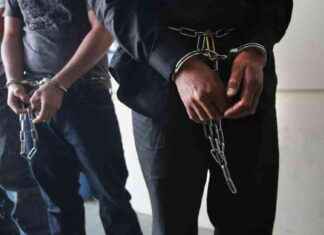Learning spaces, places for relaxation or competition, islands of freshness… It’s hard not to see swimming pools as “essential places to live”. In any case, this is how Catherine Leonidas, vice-president of the National Association of Elected Officials in Charge of Sport (Andes), describes them. “This is the last sports facility that I will close,” assures the elected official from La Rochelle.
However, despite the evidence of their social usefulness, many swimming pools close. Online petitions are launched by concerned users. The one to save the Saint-Sauvant swimming pool, in Vienne, has just over 1,200 signatures. As much as the number of inhabitants of the municipality. “No one has put a euro in this swimming pool,” laments its mayor, Christophe Chappet. The renovation work would cost €1.2 million.
This is the difficulty for certain municipalities or intermunicipalities which are responsible for the management of swimming pools: the bill quickly becomes steep when it comes to renovating by integrating new thermal constraints, or to consider building new equipment.
However, communities are faced with this double problem: the existing pool, estimated at 4,000 swimming pools, is aging – 70% date from before 1995 according to a 2018 Court of Auditors report and nearly 600 are dilapidated according to the French Swimming Federation – and swimming pools are missing in many places.
50 million euros per year
“Are you ready to support a true “Marshall Plan” for swimming pool renovation and construction? “, launched Senator (Les Républicains) Michel Savin to the Minister of Sports and the Olympic and Paralympic Games during the examination, in October, of the 2024 draft budget. “In recent years, we have not been able to invest sufficiently in our swimming pool park. The Generation 2024 plan will allow us to do more,” replied Amélie Oudéa-Castéra.
At the time of hosting the Games in the summer of 2024 and while the official speech has made sport a major national cause for 2024, this Generation 2024 plan will take over, in January, from the 5,000 local facilities plan, implemented in 2022 and 2023. With the pursuit of the same objective: helping communities renovate and build 5,000 sports infrastructures over the years 2024 to 2026, with an investment of 100 million euros per year.
Will this be enough to help communities get their heads above water? “Not at all!” exclaims Ms. Leonidas. Building or renovating costs millions of euros. This plan mainly concerns small structures for free use, such as boxing gyms, street work out areas [outdoor bodybuilding and gymnastics equipment], skate parks. »






